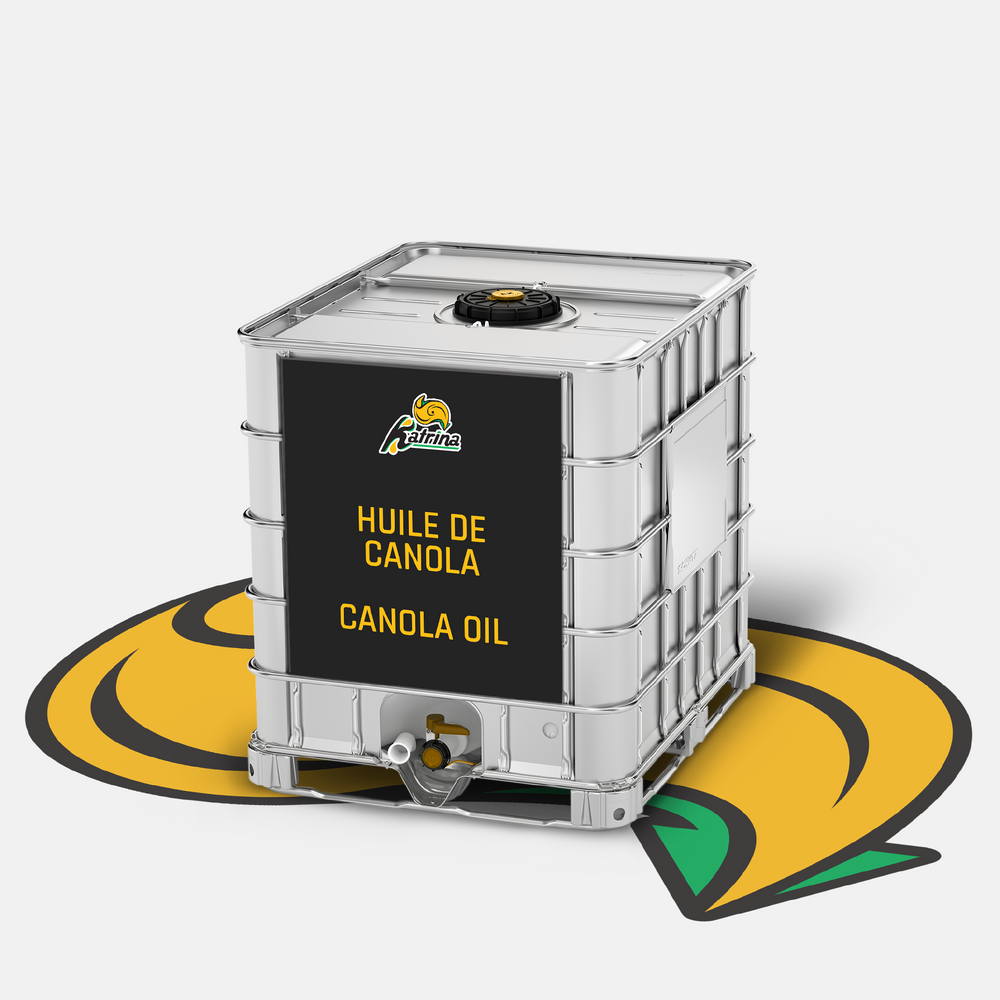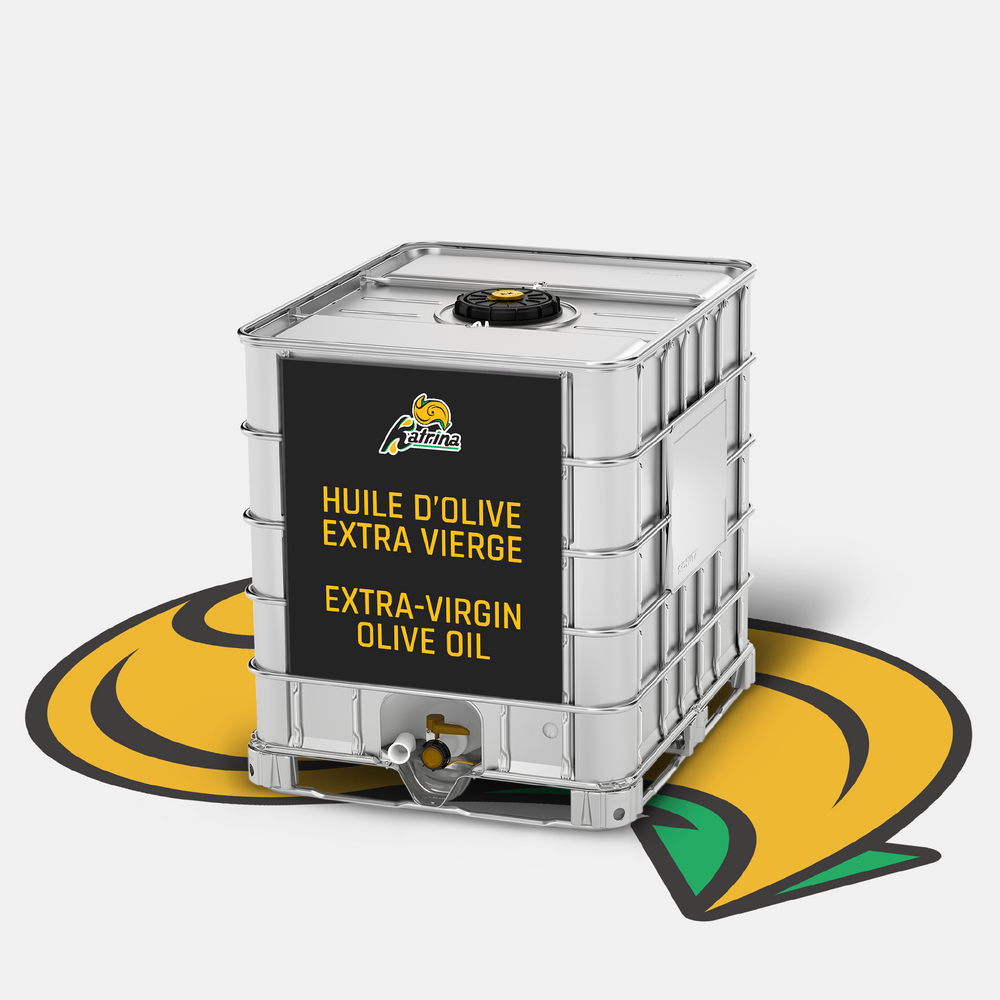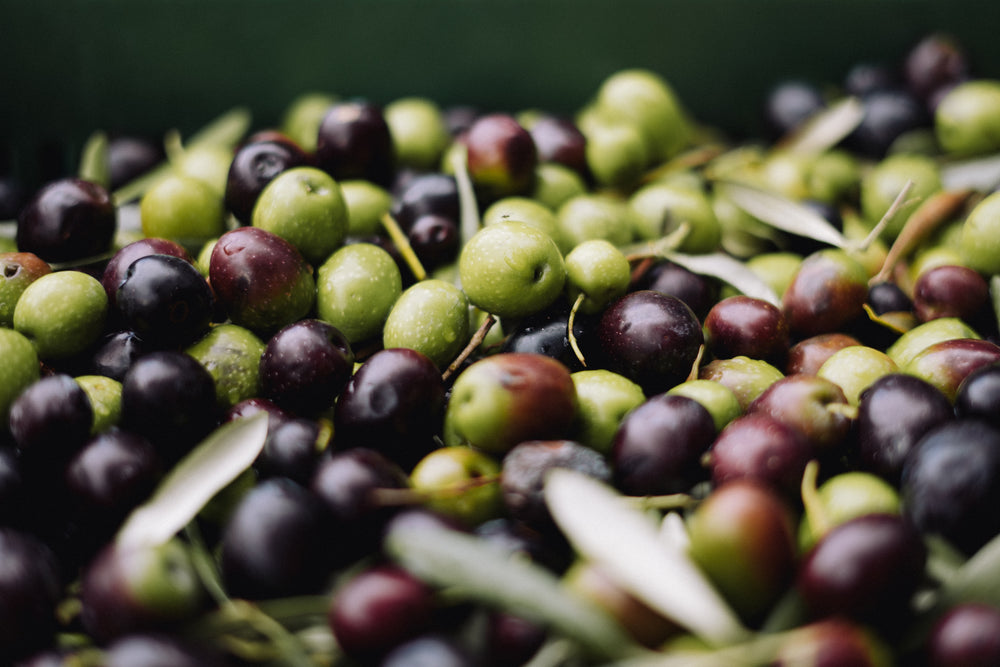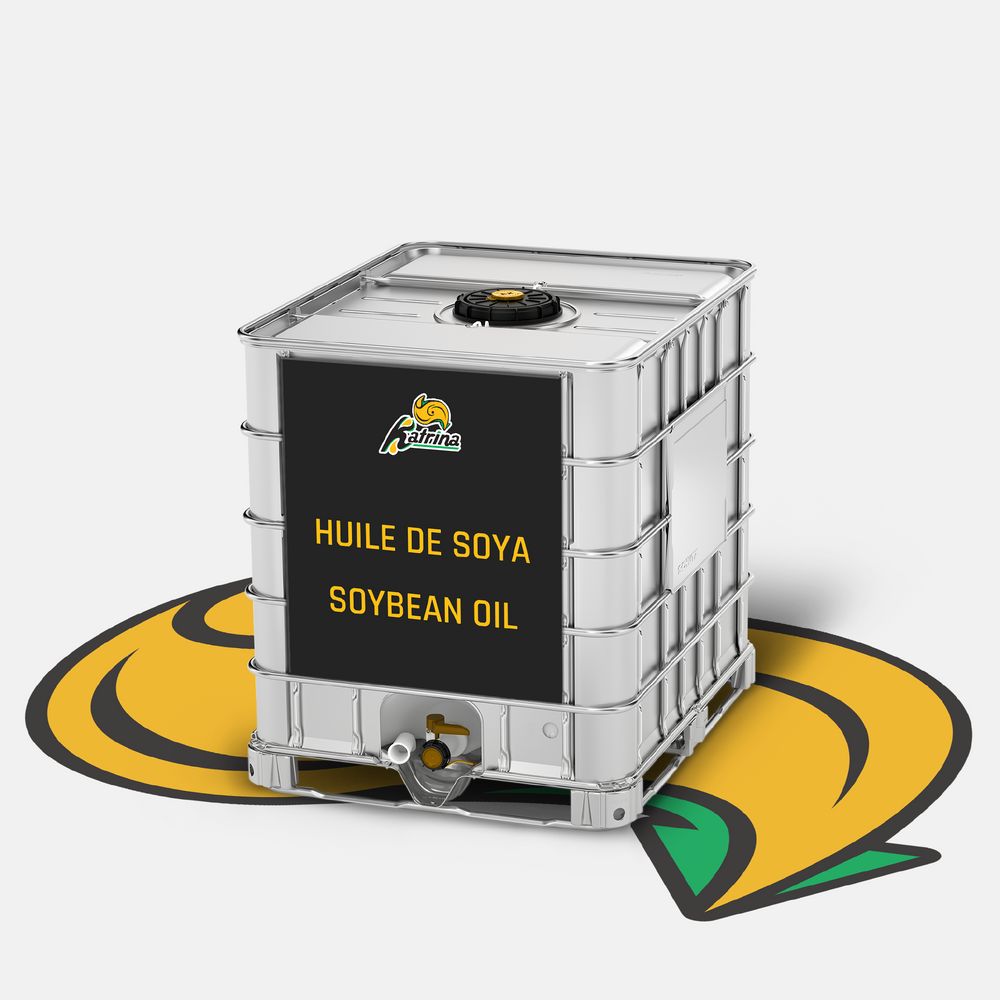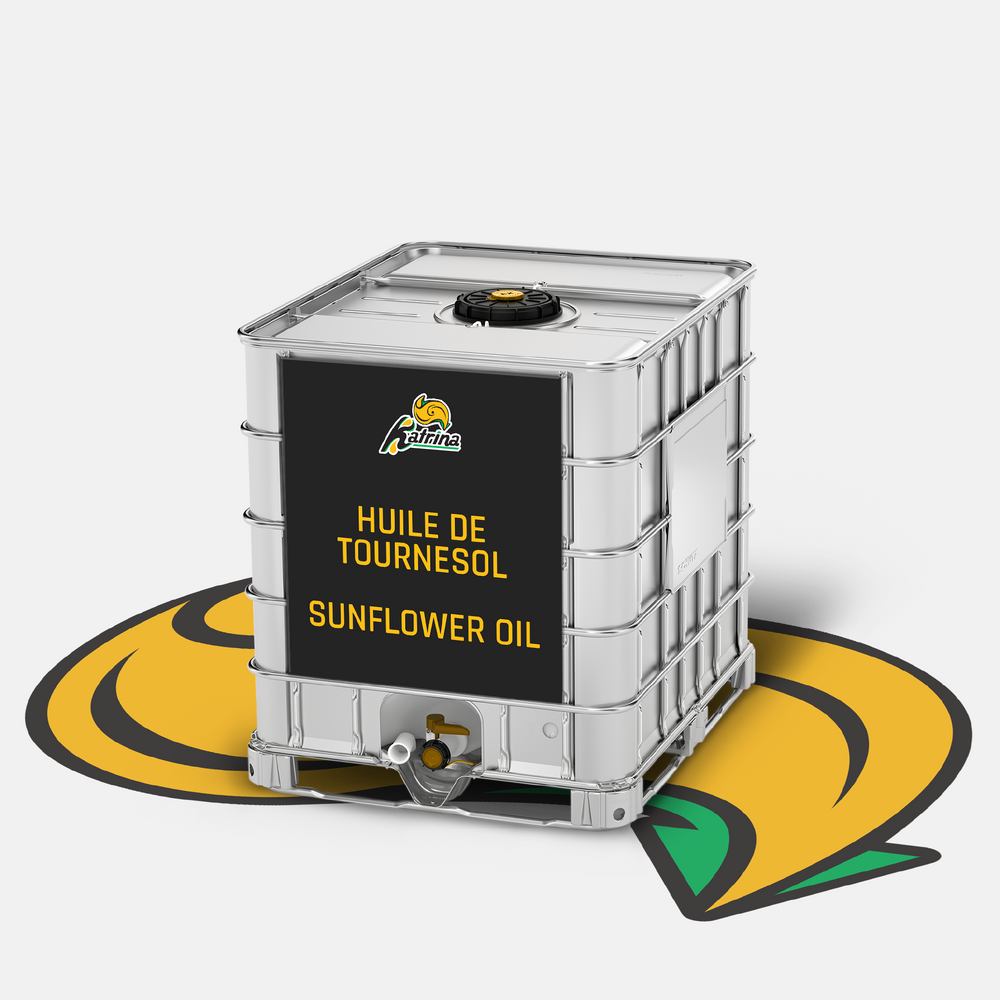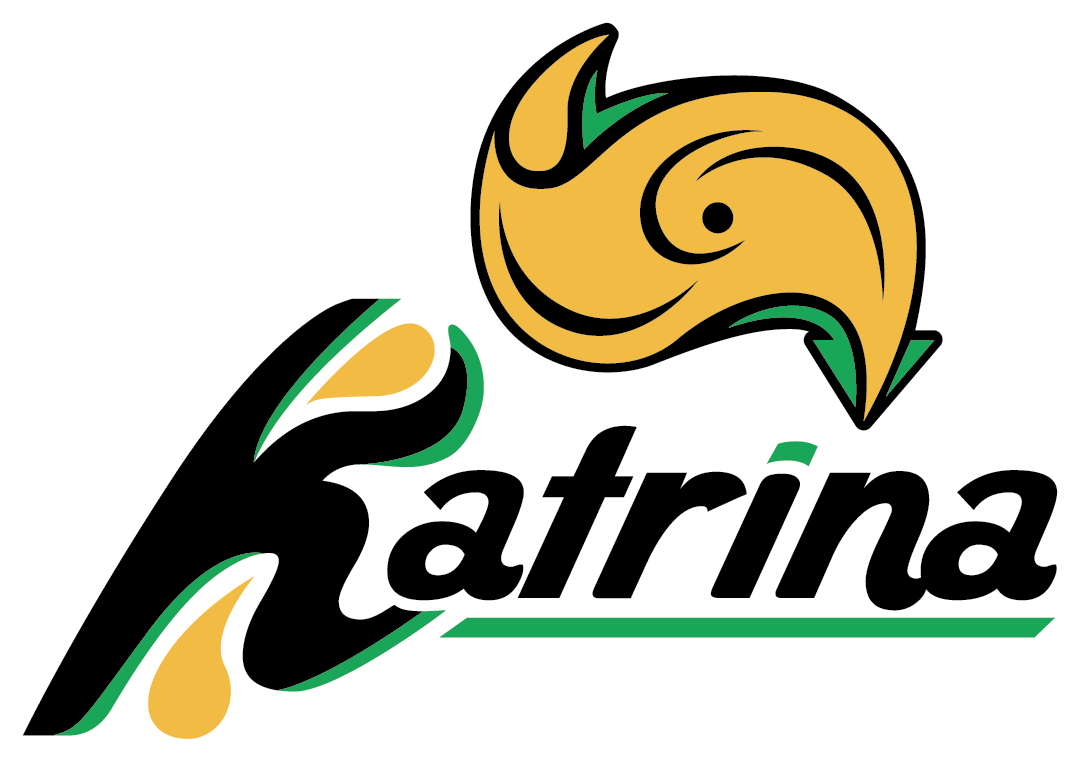Bulk Vegetable Oils and Fats - A Breakdown
Understanding the fat content and nutritional profile of different vegetable oils can help you choose the right oil for different uses. Today we’ll explore the commonly used oils: olive oil, canola oil, sunflower oil, and soybean oil. Let’s explore each of their unique characteristics, nutritional information, and fat profiles.
Olive Oil Fat Profile
Olive oil, renowned for its rich flavour and health benefits, comes in various types, including extra virgin, virgin, and regular olive oil. Extra virgin olive oil is often preferred, as it is the least processed form of olive oil.
Here’s what you need to know about olive oil’s fat content and nutritional profile:
- High in monounsaturated fats, particularly oleic acid.
- Contains polyphenols and antioxidants, contributing to its health-promoting properties.
Canola Oil Fat Profile
Derived from rapeseed, canola oil is prized for its mild flavour and versatility in cooking. With a neutral taste and high smoke point, it’s one of the most widely used oils in restaurants and in food manufacturing.
Here’s what you need to know about canola oil’s fat content and nutritional profile:
- Low in saturated fat.
- High in heart-healthy monounsaturated fats.
- Balanced ratio of omega-6 to omega-3 fatty acids.
Sunflower Oil Fat Profile
Extracted from sunflower seeds, this oil has a light flavour and is suitable for various cooking methods. It has a slight nutty taste, and should be used over medium heat or lower.
Here’s what you need to know about sunflower oil’s fat content and nutritional profile:
- Low in saturated fat.
- Rich in vitamin E, an antioxidant.
- Contains polyunsaturated fats, including omega-6 fatty acids.
Soybean Oil Fat Profile
A widely used cooking oil, soybean oil is extracted from soybeans and is often used in both home and industrial cooking. Soybean oil boasts a neutral flavour, high smoke point, and is considered one of the most cost-effective vegetable oil options.
Here’s what you need to know about soybean oil’s fat content and nutritional profile:
- High in polyunsaturated fats.
- Contains omega-6 fatty acids.
- A source of vitamin K.
Conclusion
Each oil brings a unique flavour, nutritional benefits, and cooking characteristics to the table. Understanding these differences can empower you to make informed choices based on taste, health considerations, and the specific requirements of your project.
If you need guidance on selecting the right vegetable oil, please feel free to contact us at info@distributionskatrina.com.

